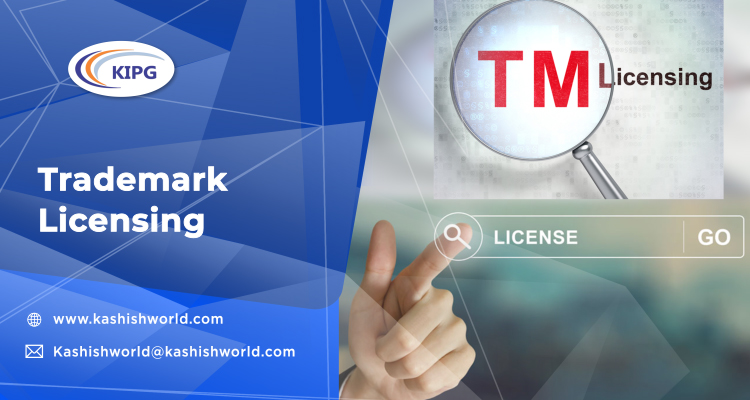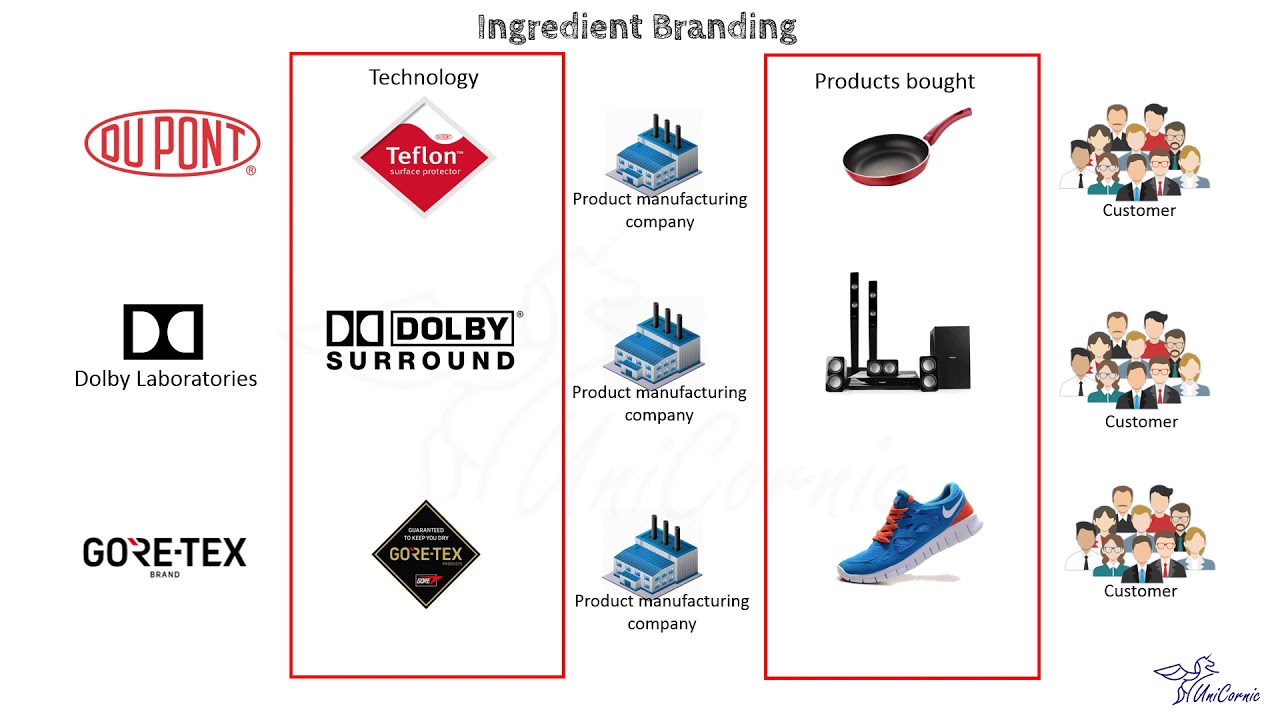
Quoting a powerful expression by G. F. Henderson, “Trademark Law is not as technically or scientifically complex as Patent Law. It is not as trendy and glamorous as Copyright Law. However, it is, in many respects, the oldest, most pervasive, most legally complex, erudite, and commercially important area of Intellectual Property (IP) law.”
Speaking of commercializing Intellectual Property Rights (IPRs) is where trademarks assume the spotlight on the runway show. Since a trademark bestows the holder with the exclusivity to use, advertise, sell, or collaborate with other entities, the holders are not often in the position to make the best use of the asset to realize its potential entirely. Sometimes, the asset is achieved to derive its full potential by selling it to some bigger entity. Therefore, the asset’s holder may choose to exploit a mark commercially by transferring it in the form of a sale, i.e., an assignment deal or through a licensing agreement. Herein, the aspect of licensing is discussed thoroughly.
Trademark Licensing Agreement
Joliet refers to trademark licenses as “contractual arrangements whereby a trademark owner permits another to use his trademark where, but for the license, the other would be a trademark infringer.”
A trademark licensing agreement involves two parties, the ‘licensor,’ who is the owner of the mark, and the ‘licensee,’ who is granted permission to use the mark on some mutually agreed terms and conditions stipulated with the help of a defined contract.
Modes of Licensing a Trademark
- Franchising: This is a license where the franchisor allows using a particular business model accompanied by a bundle of IPRs, like trademarks supplemented with training, support, and mentoring. The key to franchising a business model is licensing the IP assets integral to the business and helping it gather a sense of affinity and association amongst the consuming audience, for instance, McDonald’s, Starbucks, etc.

- Merchandising: This agreement allows the licensing of designs, trademarks, and other artwork like characters and fictional/non-fictional personalities that can be utilized on day-to-day objects like mugs, caps, clothes, umbrellas, etc., to appeal to an audience, for instance, mascots of universities and popular games, Disney Merchandise as a printed line of clothes.

- Brand Extension: A trademark licensing agreement can help broaden the scope of a mark by teaming up with other players in the market. For instance, Monaco Coach Corporation utilized a licensing agreement to collaborate with Dodge to enter trucks and trailers and not restrain themselves to luxury recreational vehicles.
- Component or Ingredient Branding: This licensing agreement allows the use of a trademark in packaging, advertising, or on the host product itself, which may bring about a positive value in the performance of a particular brand, for instance, Teflon as a coating material for pots and pans.

- Standards: Products that comply with some specific technical or other standards that may be set by government or standard-setting organizations or quality control institutions, which add value to a product and, therefore, customer appeal can license the right to use a trademark of the certificate issuing entity as an assurance of a standard of quality, quantity, and reputation.
Advantages of Licensing a Trademark
- There is an additional source of revenue generation.
- Since licensing enables approaching licensees that may operate from other ends of the world, it helps expand the territorial reach of goods and services.
- One may extract benefits from other established brands and their manufacturing, distributing, sales, or marketing capabilities.
- One may consider opening different and newer channels of distribution in the market.
- One may continue to own the mark if he cannot leverage benefit from it by holding on to proprietorship while assigning other rights emanating from it.
- It allows strategic partnerships to evolve and partake in a rather unconventional stance on pumping and feeding vitality to the core business of a company.
- There is a mode of converting an infringer or a competitor into an ally without compromising the company’s reputation.
- One may expand on the consumer base by enhancing the brand’s recognition. Newer approaches, an amalgamation of entities, and better opportunities make way for a more diverse clientele.
Key Points of Trademark Licensing
- Conducting Due Diligence: It is necessary to ensure transparency while dealing with licensing since overlooking facts can result in massive damages in the future.
While a licensee is seeking to enter into a licensing agreement with a licensor, it is necessary to have the following aspects cleared:
- The structure of the organization
- The licensor’s right in particular assets
- Prior license agreements and their status reports
- Identifying products and services which are of interest to the licensee
- Will the agreement help achieve the aim sought?
While a licensor is opting to license his mark to a licensee, he should have clarity on the issues mentioned below:
- The manner of operating or the structure of the licensee’s organization
- The nature of rights the licensee is seeking
- The financial status and background check on the licensee
- Business acumen and licensing information/experience
- Will the agreement add value to the licensor’s venture?
- Trademark Valuation: Before entering into a trademark licensing negotiation, both parties to the agreement should have an indication of the trademark’s value to be licensed. It helps determine a fair royalty rate. Several different methods are used to value trademarks, and they each have their advantages and weaknesses. Often, these are used to guide rather than taken as strict rules.
Conclusion
It is quintessential that the trademark licensing agreement is drafted cautiously, calculatedly, and comprehensively to eliminate potential disputes that might arise in the future between the parties to the said agreement. Such neglect or default to conducting due diligence and a thorough background check can mean potential monetary loss and a loss of reputation. Furthermore, it is also imperative to remember that every drafted licensing agreement is different because it is based on the kind of commercial arrangement between the parties. Thus, it is crucial to be unambiguous concerning the interests of both parties to the agreement and then draft it accordingly.

